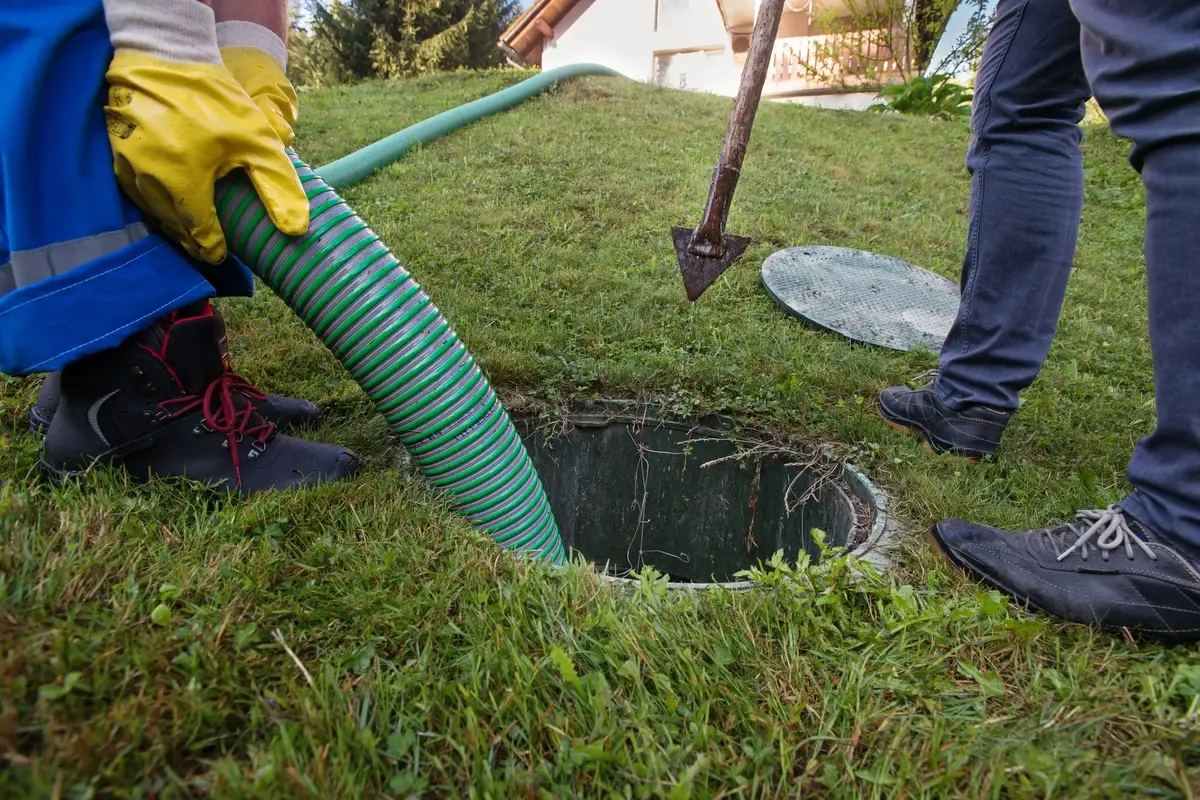For most households, septic systems remain out of sight and out of mind, but their intricate networks form a silent backbone beneath properties across countless communities. A quietly urgent shift is underway within this hidden infrastructure—one emphasizing smarter stewardship and preventative care. While the mechanics of subsurface waste treatment have not changed much for decades, the cultural approach to how these systems are monitored, maintained, and collectively valued is evolving. At the heart of this change is the concept of septic system preventive maintenance, an often understated but crucial practice shaping the future of rural and suburban living.
For many, a septic system is simply a buried tank and leach field—something to forget unless a foul odor or backup makes headlines inside a home. However, this perception is giving way to a more forward-thinking understanding. With a growing number of communities relying on decentralized wastewater solutions, neglecting routine preventive checks is not just a personal risk but a communal one. The impact ripples through groundwater safety, local agriculture, and even neighborhood dynamics, as lapses translate to costly repairs and environmental hazards.
From Individual Responsibility to Shared Vigilance
Emerging trends in rural and semi-urban areas highlight a movement toward shared vigilance regarding septic health. Residents are starting to recognize that what happens beneath one property doesn’t stay there, given the interconnected nature of groundwater and surface runoff. As a result, more neighborhoods and homeowner associations are organizing workshops, collective inspection drives, and education campaigns to keep basic information circulating. This shift reframes septic system preventive maintenance from a solitary chore to a smart public health initiative.
Technology is also playing a role. Smart sensors and remote monitoring systems are entering the market, alerting property owners before minor hiccups become expensive catastrophes. These innovations make it easier to schedule pump-outs, spot leaks, and confirm that runoff stays within safe ecological limits—all without digging up yards or responding to emergencies. As these tools proliferate, the hope is consistent adherence to guidelines and fewer system failures from ignorance or oversight.
Environmental and Social Stakes
The stakes are high not only for individual homeowners but for broader ecosystems. Groundwater contamination from a failing septic system can spread pathogens and
pollutants, imperiling agriculture and natural habitats over substantial areas. As research uncovers links between poorly managed systems and regional water quality issues, the urgent need for consistent preventive maintenance becomes clearer. Areas with aging infrastructure face compounded risks, prompting local governments to offer subsidies and incentives for timely upgrades and maintenance. However, the actual burden of diligence still rests primarily with the resident.
At the same time, changing lifestyles are placing new demands on septic technology. More frequent extreme weather events can overwhelm traditional systems, underscoring the need for routine inspections and adaptive designs. Higher population densities in formerly rural zones mean that septic failures affect more people, more quickly. And as newer eco- friendly treatment methods—such as constructed wetlands or advanced aeration units— gain traction, communities are rethinking how septic systems fit into long-term sustainable development.
Looking Ahead: Culture Change Starts Below Ground
Cultivating a new culture of attention and care for septic infrastructure does not require expensive gadgetry or sweeping legislation. Instead, it starts with small, repeated actions: timely inspections, sharing resources and expertise between neighbors, and prioritizing septic literacy alongside water conservation and air quality. Though seemingly minor, these steps add to powerful resilience for both people and landscapes.
A key lesson emerges as more areas confront the realities of decentralized water treatment: the best time to act is before urgency strikes. By embracing septic system preventive maintenance as part of everyday property stewardship, communities invest in plumbing and the longevity and safety of the ground beneath them. The hidden network underfoot becomes a thread binding neighbors to shared solutions, ensuring that what is out of sight never falls out of mind.

